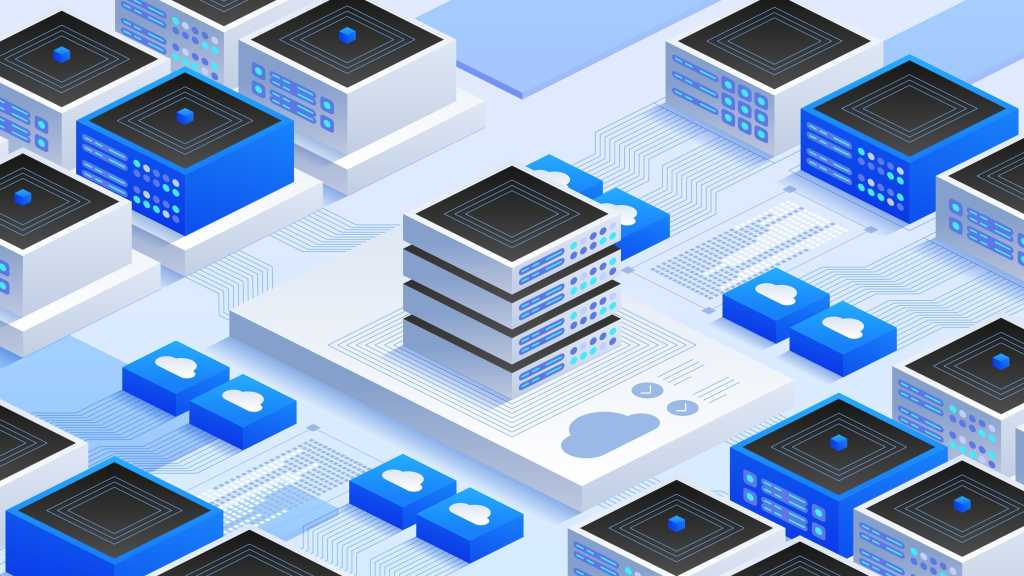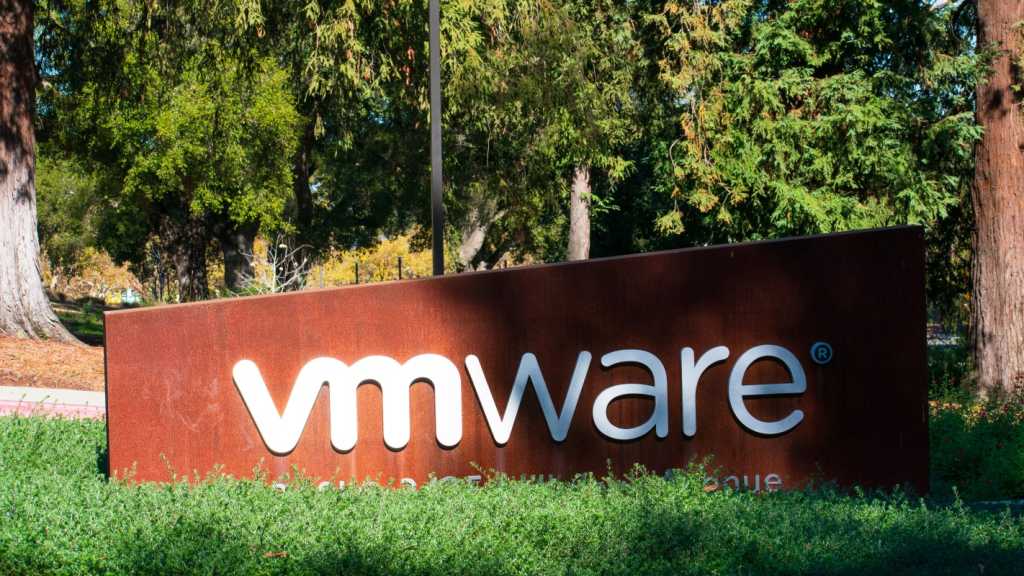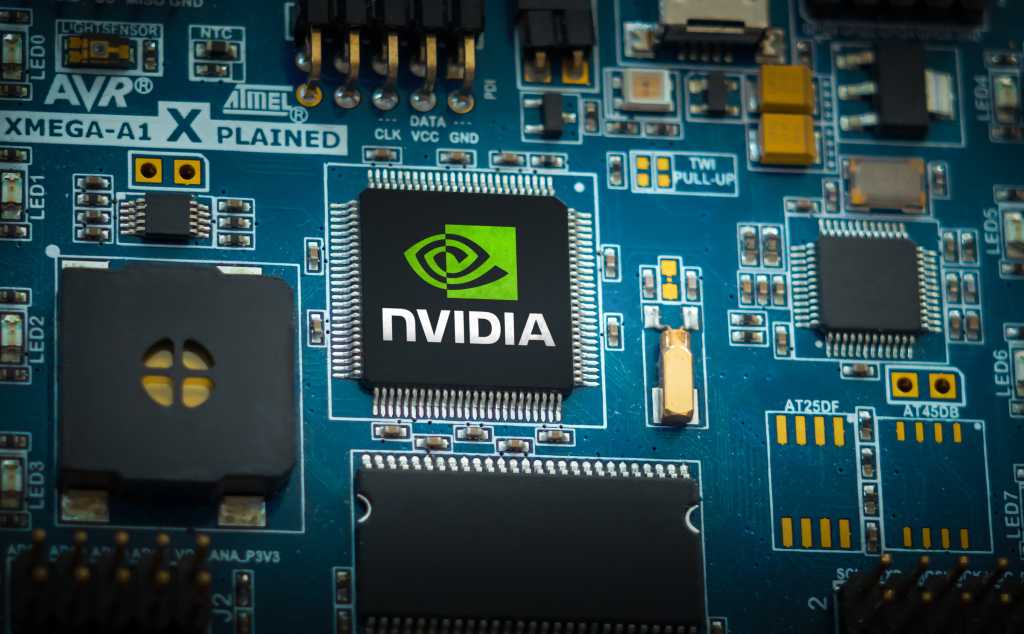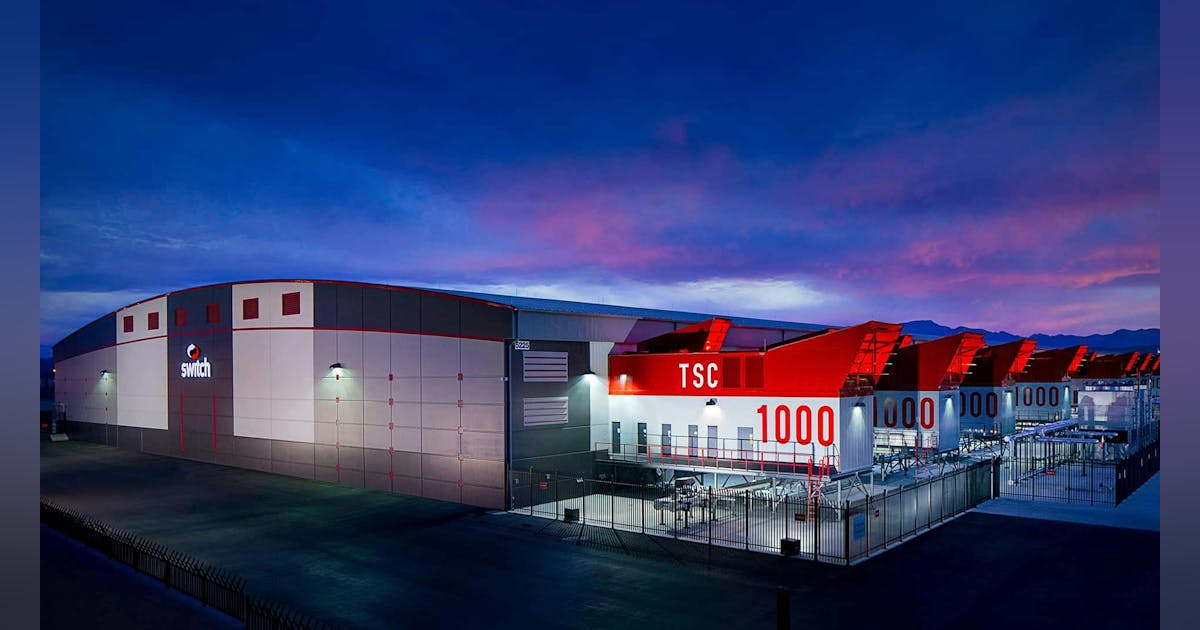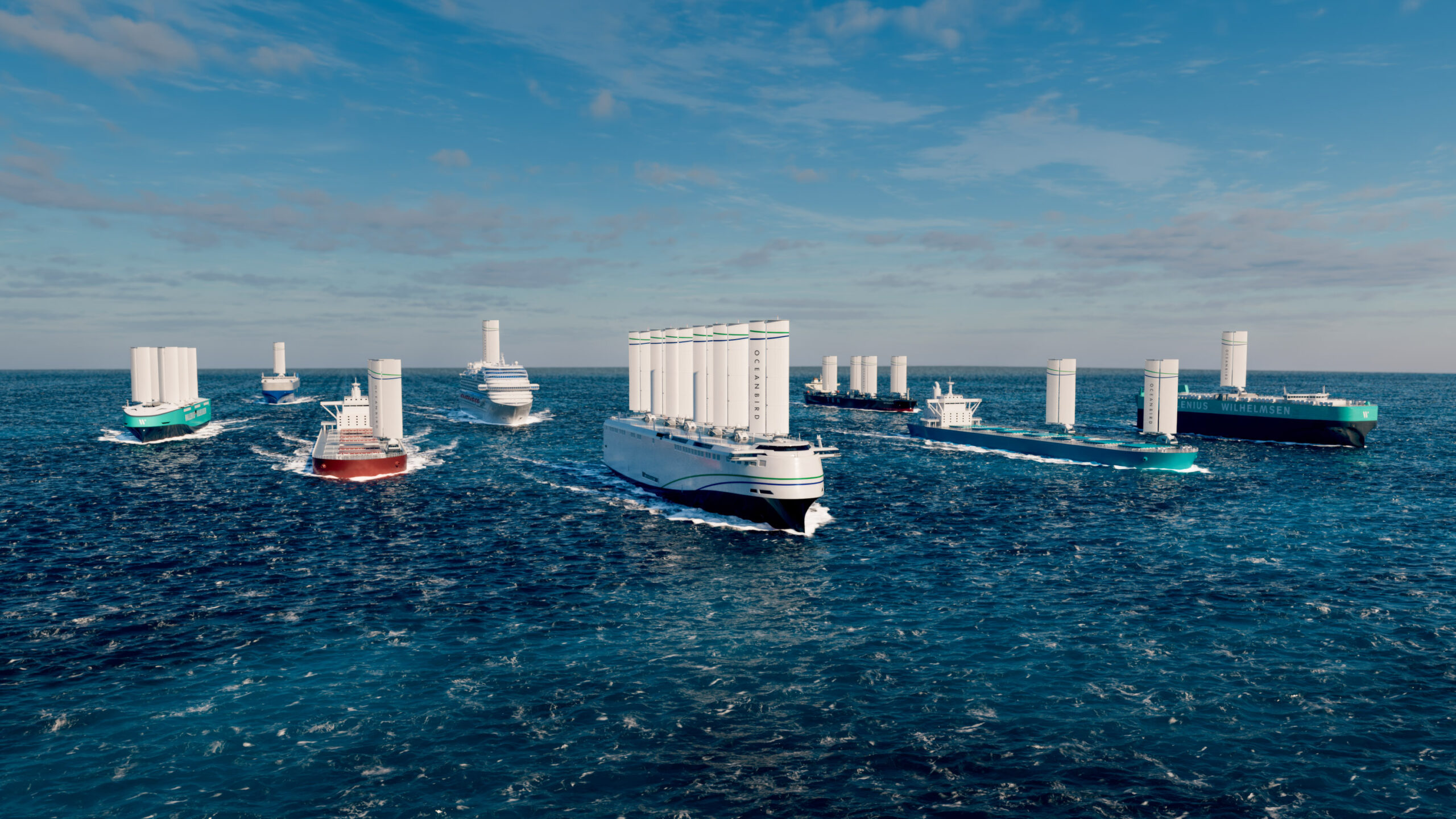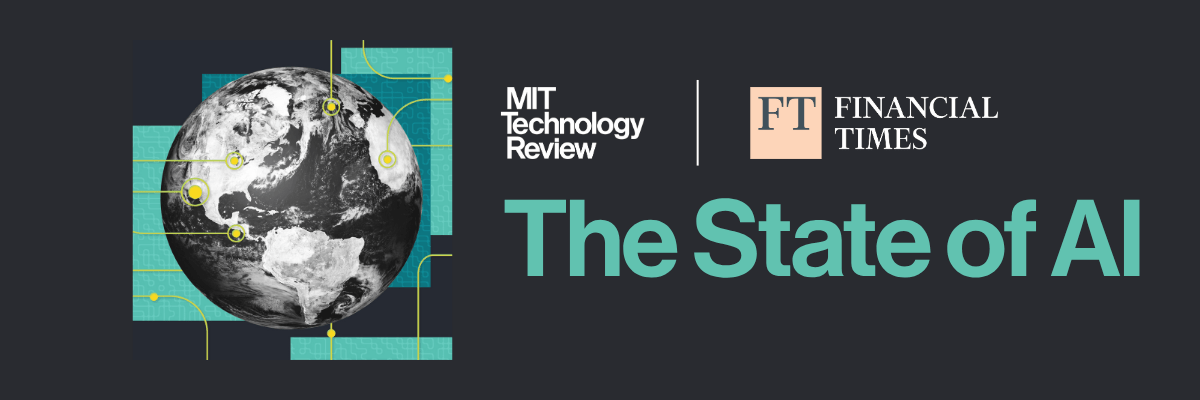
NextDecade Corp. has signed up for a $175-million senior secured loan from General Atlantic Credit (GA Credit) to refinance existing debt and fund working capital and general corporate expenses.
The loan from the Atlantic Park Fund, less transaction expenses, has been disbursed, Rio Grande LNG owner NextDecade said in an online statement.
Part of the amount will be used to repay outstanding borrowings under a $50 million revolving credit facility. Part will be spent on developing trains 4 and 5 of the LNG export terminal in Texas.
Maturing six years, the loan has a 12 percent interest payable quarterly. “Interest may be paid in-kind for the first two years after the closing date and then up to 50 percent paid in-kind thereafter”, NextDecade said.
The lender received about 7.16 million warrants from NextDecade. “The warrants are each exercisable for one share of NextDecade common stock at the option of GA Credit, and are exercisable for five years after the closing date [December 31, 2024]”, NextDecade said. “50 percent of the warrants are exercisable at $7.15 per share, which represents the 30-day volume weighted average trading price for the 30 trading-day period immediately preceding the closing date, and the remaining 50 percent of the warrants are exercisable at $9.30 per share”.
Santander acted as NextDecade’s financial advisor.
Rio Grande LNG
On July 12, 2023, NextDecade announced a final investment decision on Rio Grande LNG’s first phase, earmarking $18.4 billion then. The project had been planned to have a carbon capture component. However, NextDecade said August 20, 2024, it withdrew its permit application to build the emission mitigation component.
At full operation Rio Grande LNG’s capacity would be enough to heat and cool the equivalent of nearly 34 million households yearly, according to a factsheet published online by NextDecade.
Construction of phase 1, with a nameplate liquefaction capacity of 17.6 million metric tons a year, is being implemented by Bechtel Energy Inc. Phase 1 will have three trains.
Rio Grande LNG has secured a permit to export to countries with no free trade agreement (FTA) with the United States through 2050, extended from an earlier 20-year authorization, according to a decision by the Department of Energy (DOE) October 21, 2020. The authorization requires Rio Grande LNG to start export February 2027.
Rio Grande LNG also holds a 30-year authorization to export to nations with an FTA with the U.S., per a DOE decision issued August 17, 2016.
However, on August 6, 2024, the Court of Appeals for the D.C. Circuit vacated the Federal Energy Regulatory Commission’s permit for Rio Grande LNG on the grounds that the commission had not issued a supplemental Environmental Impact Statement in reauthorizing the project, according to NextDecade.
On October 21, 2024, NextDecade filed a petition for rehearing with the court.
On September 13, 2024, FERC issued notices of intent to prepare supplemental Environmental Impact Statements on Rio Grande LNG, the Rio Bravo pipeline and the Texas LNG terminal projects.
NextDecade said in its latest case update November 7, 2024, “The court’s decision will not be effective until the court has issued its mandate, which is not expected to occur until after the appeals process has been completed”.
“At this time, construction continues on phase 1 at the Rio Grande LNG Facility”, it said.
“The company expects to take all available legal and regulatory actions, including but not limited to appellate actions and other strategies, to ensure that construction on phase 1 will continue and that necessary regulatory approvals will be maintained to enable a positive final investment decision on trains 4 and 5 at the Rio Grande LNG facility”.
To contact the author, email [email protected]



